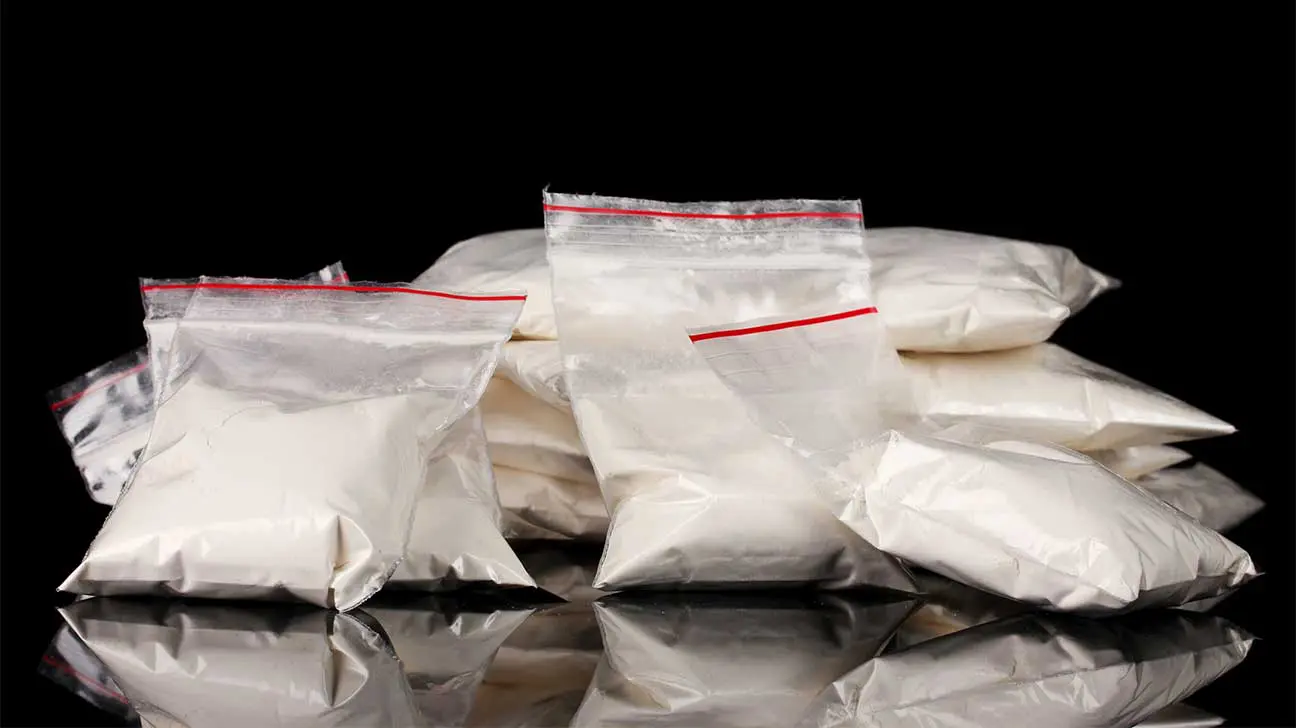
Different types of heroin include various kinds of powder heroin.
Powdered heroin comes in white powder, brown powder, and other illicit drug heroin mixtures that may vary in color and texture. These varieties may differ by region.
Different Types Of Powder Heroin
Depending on the origins of where the drug was produced, and the drug traffickers that smuggle the drug into the United States, powdered heroin sold on the street varies by region.
According to the U.S. Drug Enforcement Administration, the most common forms of powdered heroin include:
Brown Powder Heroin
The supply of brown heroin may be smuggled into and sold in the western United States, but it may be found in mid and eastern America.
Brown heroin:
- Looks like: light brown to darker brown, depending on additives and substances used to cut the drug.
- Produced: Mexico
- Cost: less expensive than white powder heroin
- Methods of abuse: can be snorted or injected
White Powder Heroin
White powder heroin is more refined than other varieties of heroin. This kind of heroin is frequently mixed with other toxic and non-toxic substances to increase bulk and increase profits for drug dealers.
It is primarily sold in eastern states.
White heroin:
- Looks like: white, beige, or pink depending on additives; appearance similar to cocaine
- Produced: in South American countries, such as Colombia, and Mexico
- Cost: may cost more due to a higher heroin purity
- Methods of abuse: can be snorted or injected intravenously after being dissolved in water
China White Heroin
China white heroin is a potent form of heroin that is often mixed with fentanyl. The combination of heroin and fentanyl is deadly, often leading to drug overdoses in individuals who are unaware of the strength of the drug.
China white heroin:
- Looks like: white powder heroin (pure heroin)
- Produced: Southeast Asia
- Cost: may be sold at a higher rate and passed off as powdered heroin
- Methods of abuse: snorting or injecting the fentanyl analogue
Gunpowder Heroin
Gunpowder heroin is produced in Mexico and primarily sold in western U.S. states. It may have the appearance of gunpowder, coffee grounds, sticky powder, or a solid texture that is easily crushed.
Side Effects Of Heroin Drug Use
Street heroin is commonly cut with several toxic substances that lead to dangerous side effects.
The prevalence of side effects caused by heroin is often related to the method of abuse, including snorting and injection drug use. Depending on the method of administration, heroin use can lead to Hepatitis B, Hepatitis C, or other diseases.
Other side effects of heroin abuse include:
- decreased breathing and heart rate
- flushing
- nausea
- increased appetite
- slow reflexes
- decreased pain
- inability to concentrate
- relaxation or drowsiness
- overdose
- coma
- death
Does Powder Heroin Lead To Overdose?
Heroin use can cause opioid overdose, resulting in respiratory failure. The drug slows activity in the brain and spinal cord, which can cause extreme sedation and even heart failure.
Heroin overdoses require emergency medical intervention.
The presence of other cutting agents and substances commonly included in heroin may affect survivability rates and alter the treatment of overdose.
Substances that may affect heroin overdose likelihood include:
- methamphetamines
- cocaine hydrochloride
- prescription opioids like fentanyl
Getting Help For A Powder Heroin Addiction
All types of heroin, including synthetic opioids, can lead to tolerance, addiction, and overdose.
Heroin addiction treatment requires supportive care during unpleasant withdrawal symptoms, as well as a targeted, long-term treatment plan.
Treatment often involves qualified medical advice and may include buprenorphine, naloxone, or methadone medications to support opiate withdrawal.
If you or a loved one has a heroin addiction, or if you have questions about rehab programs, contact an addiction specialist today.
Addiction Resource aims to provide only the most current, accurate information in regards to addiction and addiction treatment, which means we only reference the most credible sources available.
These include peer-reviewed journals, government entities and academic institutions, and leaders in addiction healthcare and advocacy. Learn more about how we safeguard our content by viewing our editorial policy.
- Drug Enforcement Administration (DEA) — National Threat Summary
https://www.dea.gov/sites/default/files/2018-07/hq052215_National_Heroin_Threat_Assessment_Summary.pdf - National Center for Biotechnology Information: National Institutes on Health (NIH) — Treatment of heroin addiction
https://www.ncbi.nlm.nih.gov/pmc/articles/PMC1972884/ - National Center for Biotechnology Information: National Institutes on Health (NIH) — The Textures of Heroin: User Perspectives on “Black Tar” and Powder Heroin in Two US Cities
https://www.ncbi.nlm.nih.gov/pmc/articles/PMC5027195/ - National Institute on Drug Abuse (NIDA) — DrugFacts: Heroin
https://www.drugabuse.gov/publications/drugfacts/heroin - U.S. National Library of Medicine: MedlinePlus — Heroin
https://medlineplus.gov/heroin.html


